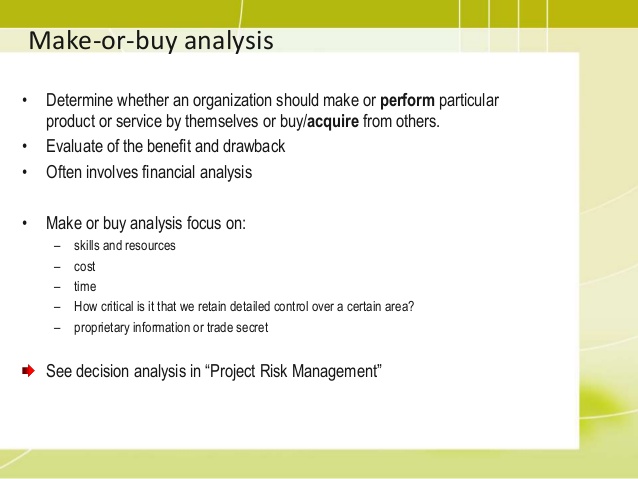
The purpose of reconciliation is to ensure the accuracy and ethics of a business’s financial records by comparing internal accounting records with external sources, such as bank records. This process helps detect errors, prevent fraud, ensure regulatory compliance, and provide reliable financial information for data-driven decision-making. Account reconciliation is necessary for asset, liability, and equity accounts since their balances are carried forward every year. During reconciliation, you should compare the transactions recorded in an internal record-keeping account against an external monthly statement from sources such as banks and credit card companies.

Reconcile Balances
While the entries in the general ledger are based on the facts of the moment, they may not always be accurate. Or the payment you made to supplier A went into the accounts of supplier B due to a clerical error. It is a general practice for businesses to create their balance sheet at the end of the financial year as it denotes the state of finances for that period. However, you need to record financial transactions throughout the year in the general ledger to be able to put together the balance sheet. Account reconciliation is a fundamental step in the financial close and sets the basis for closing the accounts. But given the large volumes of data, matching records or reconciliation can be a strenuous activity.
Step 1: Collect the necessary documents
Other reconciliations turn non-GAAP measures, such as earnings before interest, taxes, depreciation, and amortization (EBITDA), into their GAAP-approved counterparts. The account conversion method is where business records such as receipts or canceled checks are simply compared with the entries in the general ledger. Using a double-entry accounting system, as shown below, ABC credits cash for $2,000 and debits assets, which is the equipment, by the same amount. For the first job, ABC credits $500 in revenue and debits the same amount for accounts receivable.
- The individual is reimbursed for the incorrect charges, the card is canceled, and the fraudulent activity stopped.
- When signs of fraud or theft are detected, like unexplained losses or suspicious transactions, swift action is required.
- If your company receives bank statements more frequently, for example, every week, you may also choose to do a bank reconciliation for every statement you receive.
- Reconciliation serves an important purpose for businesses and individuals in preventing accounting errors and reducing the possibility of fraud.
And, for some types of accounts, like trust equity definition accounts, there may be specific frequency requirements that you must follow to stay compliant with your state bar. The company should ensure that any money coming into the company is recorded in both the cash register and bank statement. If there are receipts recorded in the internal register and missing in the bank statement, add the transactions to the bank statement. Consequently, any transactions recorded in the bank statement and missing in the cash register should be added to the register. The first step is to compare transactions in the internal register and the bank account to see if the payment and deposit transactions match in both records.
Consequences of Not Reconciling Your Bank Statement
If a discrepancy is identified, they should contact the bank immediately to report the error. Documenting all communications is critical for resolving such issues and maintaining the integrity of financial records. Individuals should reconcile bank and credit card statements frequently to check for erroneous or fraudulent transactions. After 60 days, the Federal Trade Commission (FTC) notes, they will be liable for “All the money taken from your ATM/debit card account, and possibly more—for united nations civil society participation example, money in accounts linked to your debit account.” Conducting regular bank reconciliation helps you catch any fraud risks or financial errors before they become a larger problem. This includes everything from major fraud and theft to accounting miscalculations, insufficient funds, and incomplete or duplicated payments.
For law firms, for example, one key type of business reconciliation is three-way reconciliation for trust accounts. There are many types of reconciliation in accounting, with the best method for a situation generally depending on the type of account that you’re looking to reconcile. In the following post, we’ll cover the crucial types of reconciliation for legal professionals and delve into the fundamentals of three-way reconciliation accounting. Plus, we’ll offer useful best practices for reconciliation in accounting for lawyers to help make the process easier, more effective, and more efficient.
Keeping on top of your bank reconciliation ensures that you’re always aware of your company’s financial situation. Financial accuracy is also important for ensuring that all payments have been fulfilled and orders have been completed. Once you have identified all the differences between the two statements, identify the source of the what is your strongest asset discrepancy.
Maintaining accurate financial records makes it easier to organize your taxes when it comes time to file. Regular bank reconciliation saves you from having to review a full year of financial records—instead, you can quickly consult your reconciliation statements to review any required information. Greg adds the $11,500 of deposits in transit to his bank statement balance, bringing him to $99,500.
Some of the transactions affected may include ATM service charges, check printing fees. Financial records that are not reconciled can lead to issues such as undetected errors or unrecognized fraud. Accurate reconciliation supports effective financial analysis and decision-making and is essential for audit readiness.
